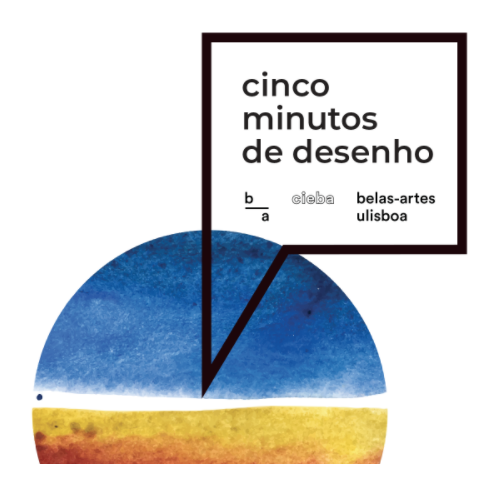Freehand Visions: The Role of Design Sketching in a Digital Age by James Richards, FASLA
I’ve been fortunate to have spent much of the past 9 years crisscrossing the globe at the invitation of university design programs and arts groups sharing an evolving understanding of the roles of traditional drawing methods in a digital world. I’ve had the pleasure of talking and collaborating with students,
academics, and seasoned practitioners from a range of creative disciplines from architecture and product design to filmmaking and the fine arts.
This is what I’ve learned—that to understand place, envision new solutions and communicate a thinking process to others, the ability to draw remains an invaluable and
powerful tool, especially in the early stages of the creative process (Amoroso, 2019). In my view, drawing in these early thinking stages should be thought of less as representation, and more as a process of discovery (Dean, 2009). Seen in this light, drawing’s purpose isn’t simply to represent what is known, but
to elicit insights into the unknown. To see drawing as a part of a process of discovery is to understand its value.
But to be a potent creative tool, freehand design drawing must be rethought for a digital age (Treib, 2008). The changing nature of projects, project workflow and advances in digital rendering are pushing freehand design drawing into a new phase of evolution, wherein less rigid, more accessible and more
rapid sketching styles influenced by filmmaking and other creative disciplines can be appropriate and
effective tools in the field and the studio (Richards, 2013).
Amoroso, Nadia (Ed.). (2019). Representing Landscapes: Analogue. New York, NY: Routledge. Dean, Andrea
Oppenheimer. “Glenn Murcutt.” Architectural Record, April 2009, pp. 104-112.
Glaser, Milton. Drawing is Thinking. New York, NY: Overlook Duckworth, 2008. Hutchison, Edward. Drawing for Landscape Architecture:
Sketch to Screen to Site. London: Thames & Hudson, 2011. Richards, James. Freehand Drawing and
Discovery: Urban Sketching and Concept Drawing for Designers. Hoboken: John Wiley & Sons, 2013. Treib,
Marc (Ed.). (2008). Drawing/Thinking: Confronting an Electronic Age. New York, NY:
ESTE TRABALHO É FINANCIADO POR FUNDOS NACIONAIS ATRAVÉS DA FCT – FUNDAÇÃO PARA A CIÊNCIA E A TECNOLOGIA, I.P., NO ÂMBITO DO PROJETO “UIDB/04042/2020”
